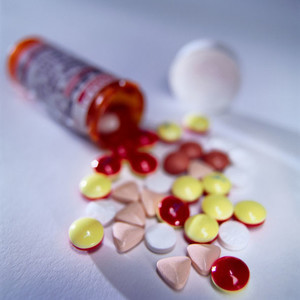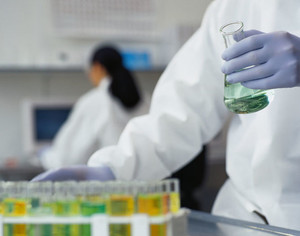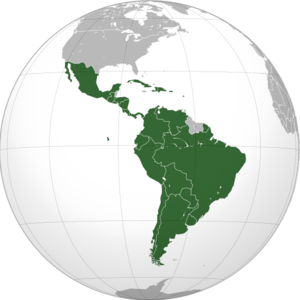Many different factors will influence the future growth of the biosimilars market in different world regions, both in terms of access to biosimilars and uptake. Producers will need to re-evaluate their own capacity to enter the biosimilars market and develop both in-house strategies and external alliances in order to gain most from potential value of biosimilars.
The biosimilars market has the potential to expand enormously in the next decade, with sales projected at between US$1.9‒2.6 billion by 2015 and up to US$25 billion by 2020. To what extent this potential can be realised, however, will vary for different countries depending on the local financial and healthcare environment, which producers will need to take into account if they are to reap the full benefits of the biosimilars market, according to an IMS Health report [1].
The report identifies three main geographic/economic clusters with different combinations of circumstances surrounding evolving biosimilars markets: US, other advanced economies (Canada, Europe, Japan) and the emerging economies of Brazil, China, India, Mexico and South Korea. In each cluster, the interplay of different influences on the ease of access to, and uptake of biosimilars may have significantly different outcomes on the speed of growth of the biosimilars market and overall ‘value generation’ to manufacturers and investors.
In the short term, much of the growth of the biosimilars market is expected to take place in emerging economies, where growing populations and demands for wider access to low-cost medicines means a rapidly growing consumer base for biosimilars. In the long term, however, the US is likely to emerge as a strong market force, as many biologicals are due to come off-patent in the next five years, and payers and providers are under pressure to cut costs.
IMS Health has identified six core drivers that have the potential to boost or limit future growth of the biosimilars market: the US uptake, the spread of biosimilars in emerging markets, the continued pattern of evolution in Europe, technology and the second wave of biosimilars, volume effect and the competitive landscape.
- US uptake: this can potentially create a massive new market for biosimilars which will begin to be apparent by 2014‒15 but which depends upon various factors including the ability for producers to overcome regulatory hurdles and the acceptance of biosimilars by patients and doctors.
- Emerging markets: these may be influenced particularly by the size of demand and the ability of local producers to meet these demands as well as export high quality products.
- The continued pattern of evolution in Europe: as southern European countries Italy and Spain follow the precedent set by Germany, biosimilars uptake has the potential to increase further in Europe, but reluctance from payers and physicians to switch to biosimilars may prevent full exploitation of the potential market.
- Technology: technical obstacles, such as the delivery vehicles for antitumour necrosis factors, may slow biosimilars development and uptake.
- Volume effect: the uptake of one biosimilar can have a spill-over effect on other areas of health care, as seen for G-CSF in Sweden and UK, where its availability as a low-cost agent has led to its repositioning as a first-line cancer treatment, resulting in fewer hospital readmissions due to infections.
- The competitive landscape: a good degree of competition is envisaged between different players in the biosimilars market, but this assumes strong financial returns and high uptake of biosimilars, which is not guaranteed.
For producers to gain the most benefit from biosimilars investment will require careful strategic planning along the entire value chain^, from clinical development to marketing and sales. Realigning internal assets, or outsourcing development and testing of new products, developing alliances with local stakeholders, and aiming for economies of scale, will all affect the success of producers to exploit the potential of the biosimilars market.
The report concludes by saying that ‘a full understanding of the financial upsides and risks of the investment will be critical, based on realistic scenarios of the size of the potential, the therapy areas where it will be found, and whether collaboration and alliances are required to access the necessary skills.’
Editor’s comment
^If you would like to receive a figure* on the biosimilars value chain, please send us an email.
*For profit organisations subjected to a fee
Related articles
Stakeholders are key allies for biosimilar producers
Growing economies, growing markets: a bright future for biosimilars
Permission granted to reproduce for personal and educational use only. All other reproduction, copy, retransmission or reprinting of all or part of any ‘Content’ found on this website is strictly prohibited without the prior consent of the publisher. Contact the publisher to obtain permission before redistributing.








 0
0











Post your comment